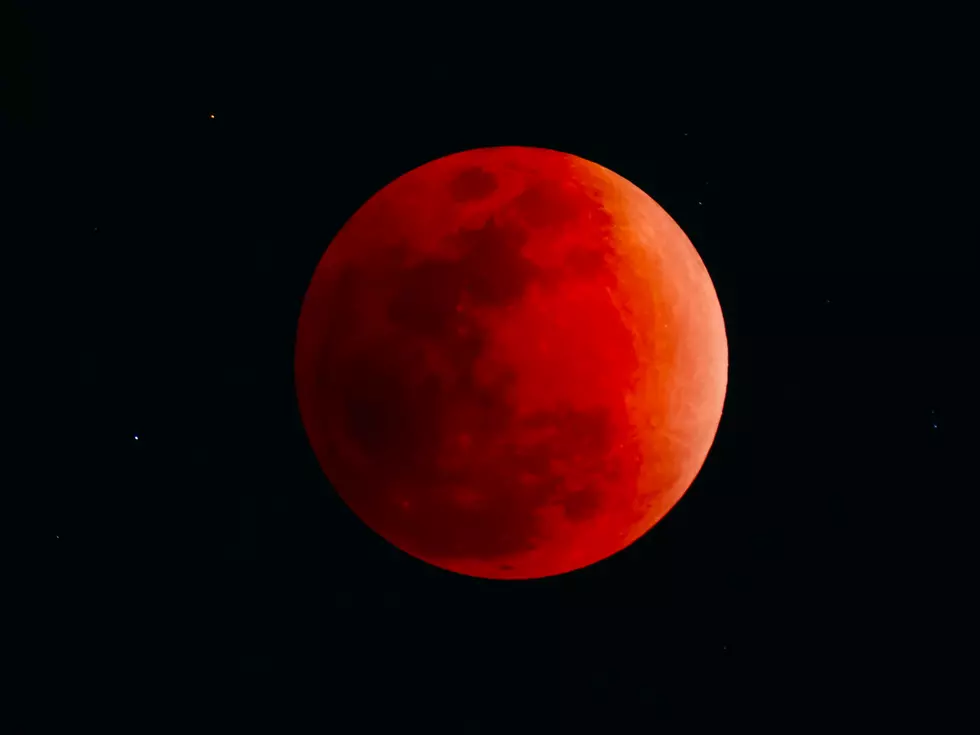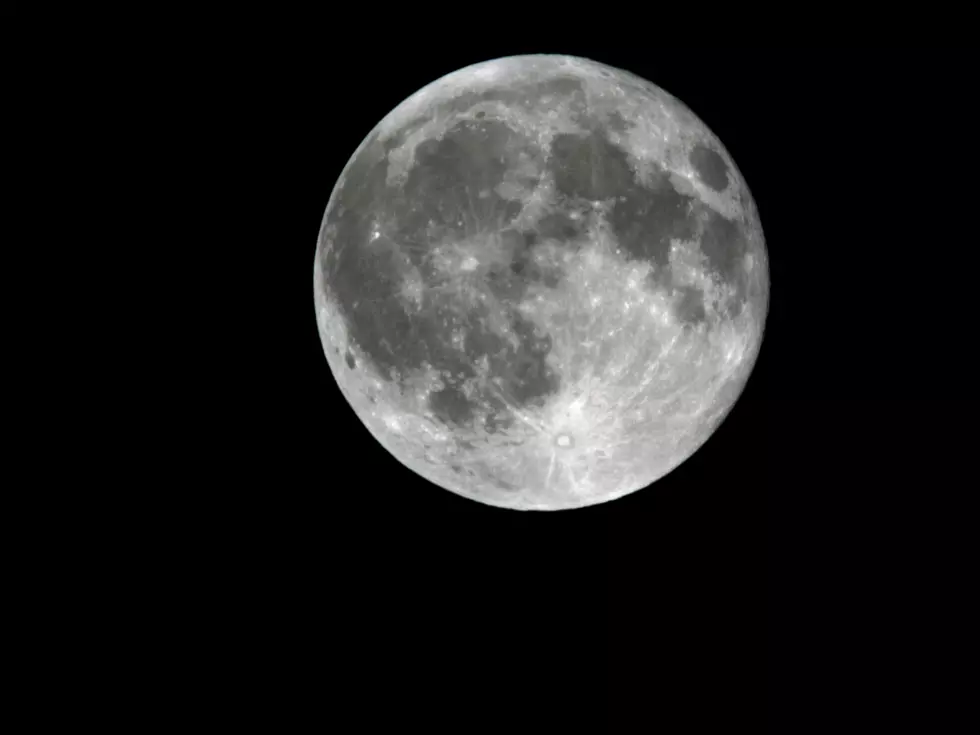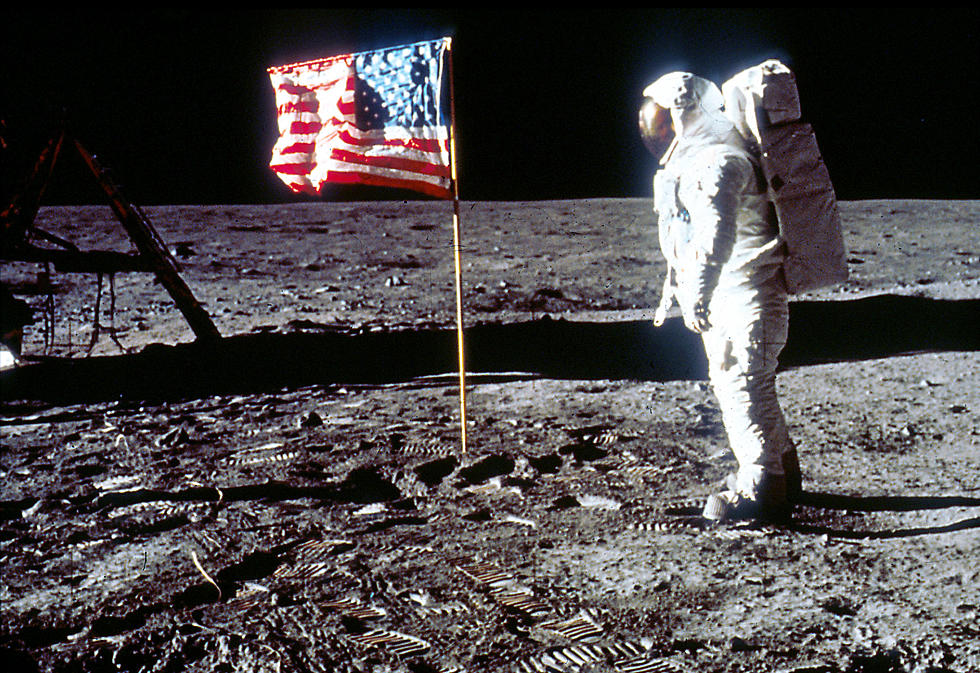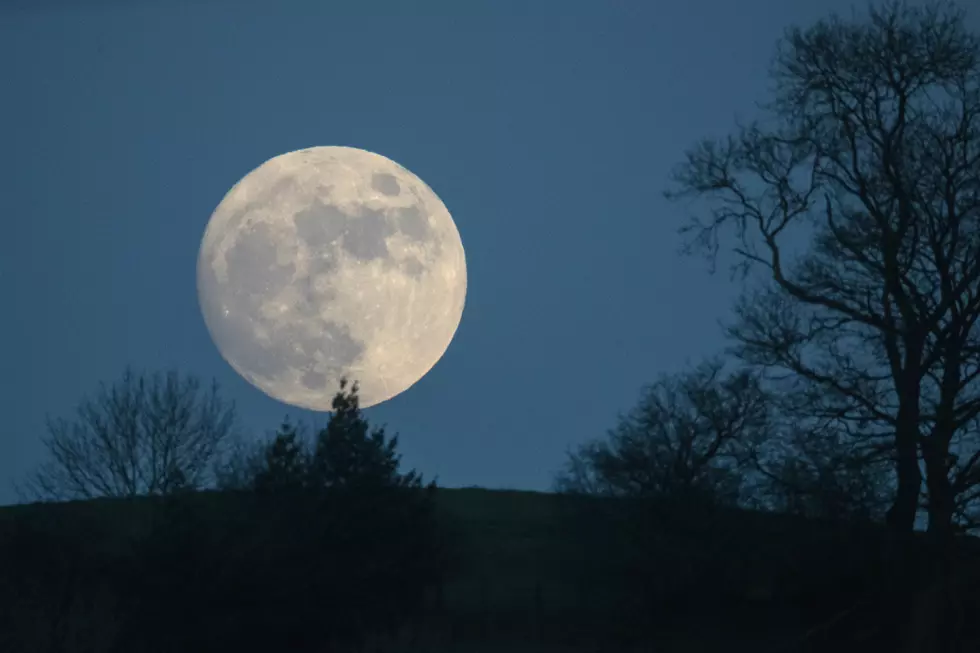
Rare ‘Super Blood Wolf Moon’ To Appear Over Twin Ports In January 2019
The first month of 2019 will give us a rare lunar event that will give skygazers and photographers a subject of interest. This "super blood 'Wolf Moon'", which is the culmination of three different events, will appear overnight for about an hour the night of Sunday, January 20 into Monday, January 21.
While the three different events individually aren't exceedingly rare, all three happening at the same time is much more rare. Breaking down the name, here are the three components of this rare event.
Super Moon
As Space.com explains, a "super moon" is a full moon that happens while the moon is also at its closest point to Earth in its orbit. Being the orbit of the moon around Earth isn't a perfect circle, it is slightly closer to our planet at times. The timing of a full moon happening when the moon is at its closest point doesn't always line up, but it does happen a handful of times each year. In 2019, there happens to be three - January 21, February 19, and March 21.
Super moons appear about 14% bigger and about 30% brighter during a super moon. This isn't a huge difference to the naked eye, but it is a variance from what the moon "normally" looks like.
Wolf Moon
The "Wolf Moon", or "full wolf moon" is simply the name of the full moon that occurs in January. The Old Farmer's Almanac website explains that this name comes from American colonial times and Native American heritage, when "it appeared wolves howled in hunger outside the villages" at the moon. Other names for the January full moon include "Old Moon" or "Snow Moon". Here is a list of all twelve of the full moon names.
Blood Moon
Blood moons are the rarest of the three, occurring when a full moon coincides with a total lunar eclipse. The name comes from the moon turning a brownish-red color while most of the light from the sun is blocked by Earth during the lunar eclipse. As Space.com explains, partial eclipses result in a dark area on the moon developing from a blockage of the sun's light, but during a total lunar eclipse, a little bit of light is refracted through Earth's atmosphere, filtering the limited amount light that reaches the moon to look different in color.
Blood moons don't happen with consistency, and are much more rare than the other two events that are part of this trifecta. Beside the general rarity of seeing a blood moon anywhere on Earth, they are visible from different places on our planet, depending on when they happen. Timeanddate.com reveals the next 5 blood moons will be stretched out over the next 6 years, and only three of them will be fully visible from the Twin Ports. Those two are denoted by bold dates. Click on any of the dates to see complete coverage maps.
- January 20-21, 2019 - Entire eclipse visible from the Twin Ports and all of the United States
- May 26, 2021 - Some of eclipse visible from the Twin Ports and most of the United States. The entire eclipse window covers the Pacific Ocean.
- May 15-16, 2022 - Entire eclipse visible from the Twin Ports and the eastern half of the United States. Some of the eclipse will be visible from the rest of the United States. The eclipse window centers over the East Coast and Atlantic Ocean.
- November 8, 2022 - Some of eclipse visible from the Twin Ports and most of the United States. The entire eclipse window covers the Pacific Ocean, including the Rocky Mountain and West Coast states.
- March 13-14, 2025 - Entire eclipse visible from the Twin Ports and all of the continental United States.
So, when can you see it in Minnesota and Wisconsin?
As I mentioned off the top of this post, the eclipse is happening overnight January 20-21. NASA reports the total lunar eclipse responsible for the "blood moon" aspect of this event will last for 1 hour and 2 minutes, and Space.com explains that it will be at total eclipse from 10:41 pm to 11:43 pm on January 20 in Minnesota and Wisconsin. The partial portions of the eclipse will start at 9:33 pm on the 20th, and extend through 12:50 am on the 21st in Minnesota and Wisconsin.
More From MIX 108








![Watch The Full Moon Rise Behind The Aerial Lift Bridge [VIDEO]](http://townsquare.media/site/164/files/2015/08/duluth.jpg?w=980&q=75)
